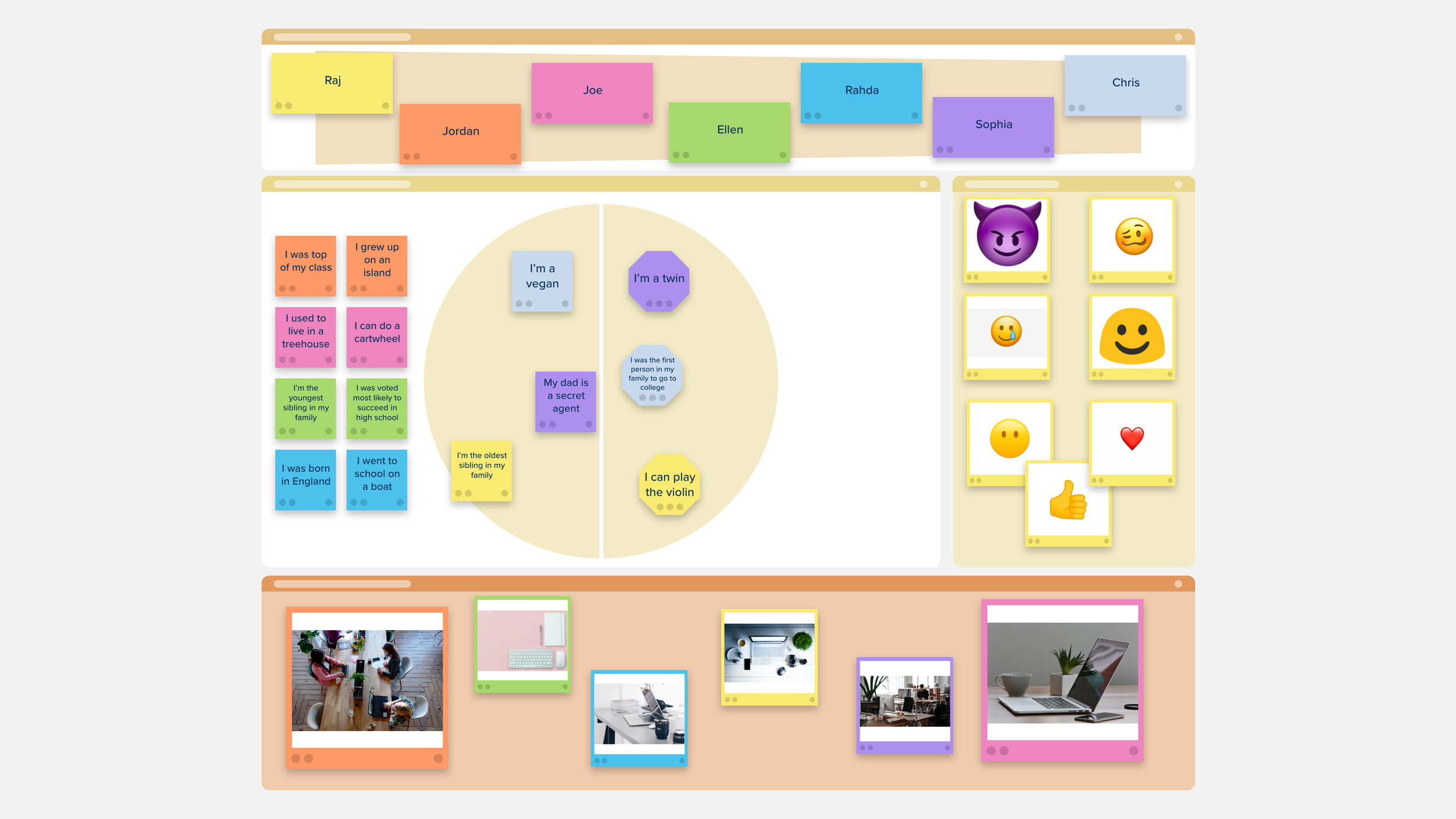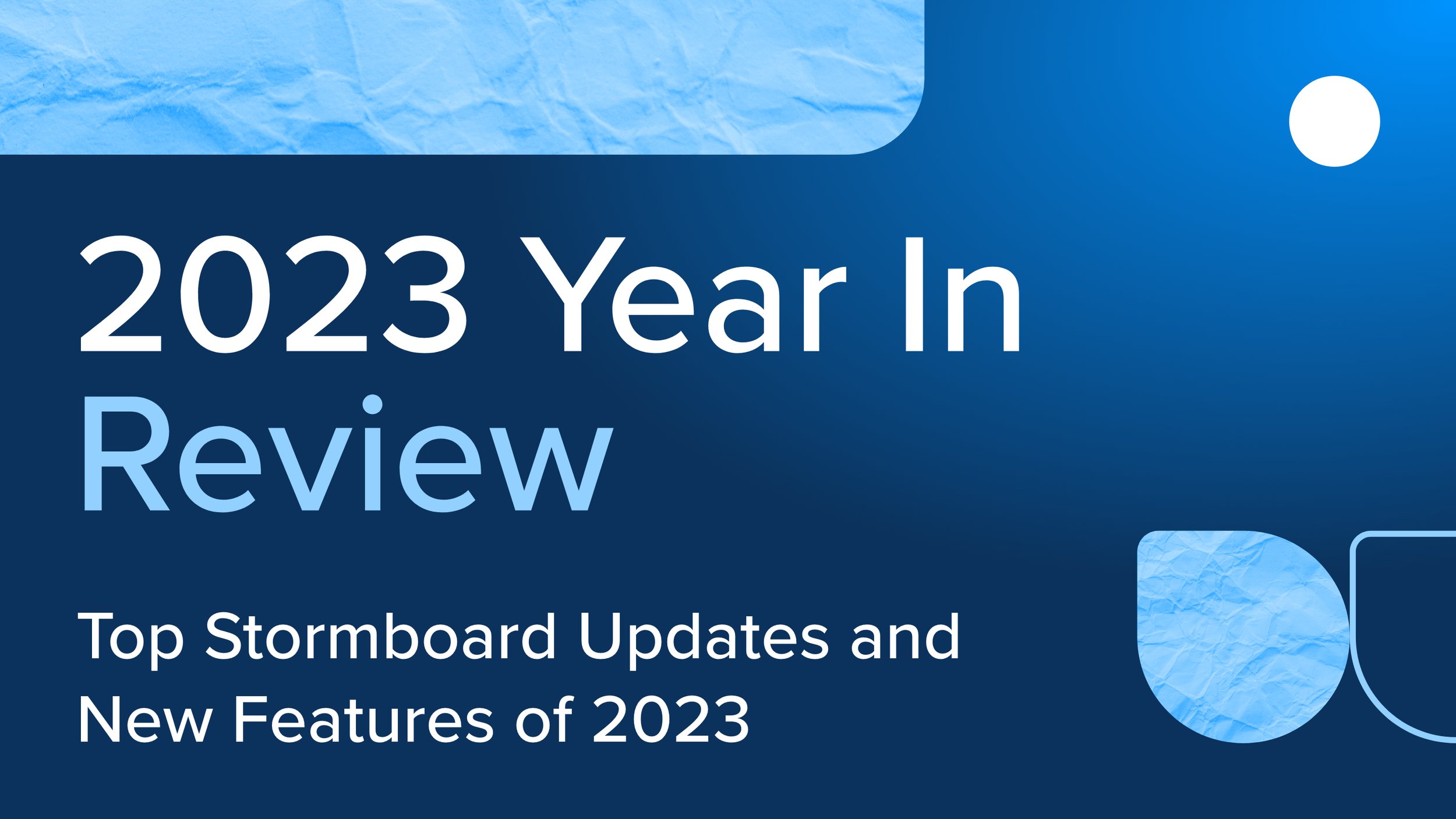The Do’s and Don’ts of Remote Communication
Although there are plenty of benefits that come with working remotely — like better employee retention and an improved work satisfaction rate — several challenges come with fully remote and hybrid workplaces.
One of the biggest challenges is fragmented communication.
People get lost between emails and instant messaging apps and are suddenly spending more time trying to answer messages than in actually getting work done. This makes for an inefficient work environment and a gap in the transfer of information.
Even more difficult to control is how we are now relying on software and internet connections to manage effective communication. When working in an office setting, you can have in-person conversations, but with the rise of remote teams, discussions are now moved to online platforms that require reliable connections.
Another considerable challenge of remote communication is the challenge of communicating tone and voice without in-person contact. Whereas communication in-person quickly and effectively builds rapport, remote communication offers much slower progress. In person, tone can quickly be lost in translation through emails, instant messaging, and other third-party applications.
To better streamline your processes and improve the overall success of your remote team, we've outlined a list of do’s and don'ts to help your team build effective remote communication habits and strategies.
The Don’ts of Remote Communication
Don’t get stuck communicating in only one way
When working remotely, it's easy to get caught up in one method of communicating with coworkers — usually instant messaging or emails. It's important to remember that everyone communicates differently, and there are often better ways to communicate certain types of information.
Switching up your communication methods is essential to maximize your communication efficiency and promote strong team collaboration. For example, adding a real time instant messaging platform and video chat software to your traditional email approach is the easiest way to provide diverse communication methods.
Using different types of communication tools helps your team stay better connected throughout the workday. Remote workers may easily tire of single-track communication strategies such as email, leading to decreased attention and missed context.
Don’t lack empathy in your communication
Empathy, defined as "the ability to share feelings with another," is a valuable skill to bring into the workplace. This is especially true when work is taking place remotely. Empathy builds a connection between teammates and improves workplace culture, even when the team is working remotely.
To express empathy, show genuine interest in other colleagues, and remain engaged and supportive through all interactions. Go the extra mile and interact with colleagues in a way to replace traditional water cooler chats.
Showing empathy is the best way to build a team, and makes sure that you and your colleagues are more than just “people that work together.”
Don’t ignore mentorship
Working remotely can often result in employees feeling as though they are working alone. This can lead to the tendency to ignore mentorship, but mentorship is a vital part of career succession.
Even when remote or hybrid work is the industry standard, it's important to ask questions. There is tremendous value in what you can learn from those with more experience. Taking the time to further your knowledge and learn from past experiences is a key step in progressing in your career.
Mentors should continue to take the time to educate new arrivals and colleagues in their workplace (try scheduling individual video calls or a virtual group lunch). Screen sharing and video conferencing can help make the work environment feel as natural as possible.
Keeping up with remote mentorship not only helps managers connect to remote workers, but also leaves room for employee advancement despite being out of a traditional office setting.
The Do’s of Remote Communication
Communicate consistently
Consistency is a key factor in effective remote teams. This may include recurring meetings at the same time every day or week, chat conversation check-ins on certain topics, or working documents that all team members can access.
For years, Agile teams have made daily stand-up meetings a critical part of effective communication strategy, but with the global increase in remote jobs, consistent meetings like stand-ups have only grown in importance.
Keeping a routine when it comes to communication will mimic habits from a physical office space, while still allowing all the benefits of remote work.
Create a communication policy
Create a detailed communication policy that touches on different remote communication methods, recurring meetings, and communication expectations. For example, outline which type of content should be sent via email, which is for private messages on a tool like Slack or Microsoft Teams, and which is better to be posted in public channels.
Have a hard copy of this policy available for all employees to access. This will streamline the processes moving forward, and simplify the hiring protocol for any new employees.
Build connections
Don't overlook the opportunity to build connections with your teammates. Take the time to connect by asking people about their day and checking in on each other. This will help boost office morale and employee satisfaction.
We suggest adding a “water cooler” channel to your chat app of choice where employees can add images, gifs, or have virtual lunches together.
Virtual collaboration tools like Stormboard also come with pre-built Icebreaker templates — quick, fun activities that remote teams can take part in to build rapport and get to know one another.
Use a timer during video calls
When you have a virtual meeting with a substantial number of employees in attendance, it's easy to end up running out of time before everyone can contribute to the conversation.
A timer (like the one in Stormboard!) is a great tool that can be used to improve meeting equity and ensure that everyone has a chance to speak.
When scheduling the call and creating the agenda for your meeting, assign specific amounts of time to each topic you are planning to cover.
You can go even further by assigning specific times that individuals will be allowed to speak, but be careful to keep some flexibility for productive conversations and follow-ups.
Then, use the timer during the meeting so that those speaking don’t go off track and everyone has an equal opportunity to contribute ideas.
Note that the timer should only be used as a guideline. Avoid ending engaging discussions, or stopping a great brainstorm just because the timer has run out — it is there to help guide the meeting, not stifle collaboration.
Adopt new methods and strategies
As remote and hybrid work continues into late 2022 and beyond, new methods and strategies are being invented — and old strategies improved — to improve the overall remote work experience.
Remote communication tools have come a long way in recent years, enabling teams to coordinate and collaborate more effectively than ever. In fact, remote and hybrid teams are now so common that they are fast becoming priority number one for organizations preparing their digital transformation strategies.
A knowledgeable and innovative team will adapt to these strategies to ensure that the best processes are being followed.
Keep your eye out for the latest tech, blogs on new strategies, and — most importantly — get regular feedback from your team members to ensure that what you are doing is working.
Are you interested in trying out a new way of communicating with your team? Sign up for a free trial with Stormboard now!
About the Author
Celina Dawdy is a freelance writer in Edmonton, Alberta. When she isn’t writing, she’s volunteering and spending time with her three dogs.














